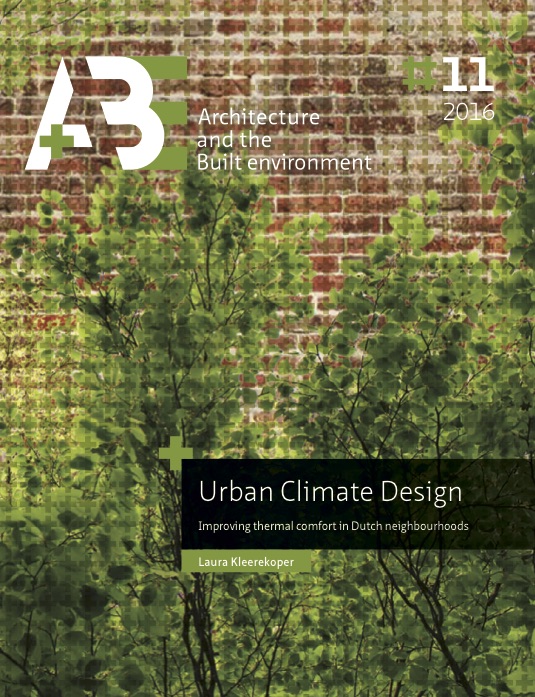Creating drafts in urban settings through coloured façades
Exploring a new climate adaptation measure based on thermal stratification
Keywords:
urban settings, coloured facades, climate adaptation, thermal stratificationAbstract
In the previous chapter the effect of numerous adaptation measures is described in relation to thermal comfort. The results show that increasing wind speed can be an effective cooling measure. However, the cold winter climate and the prevailing wind direction during heat and cold waves make it difficult to actually use this principle. Moreover, proven adaptation measures such as, more vegetation or water, are not always possible because of a lack of space or undesired aesthetic effects. This chapter answers the sub question: How can ventilation be utilized in hot weather situations without deterioration of the wind conditions in winter?
An alternative option for more fresh and cool air in a street canyon is to make use of façade colours to accelerate wind speed. Differences in colour and materials already influence the air flow in street canyons, but in an uncontrolled manner. If we could employ this principle for the improvement of thermal comfort it potentially has a large impact on many cities in the world. This chapter gives the results of a first exploratory research based on measurements on scale models and at full scale. This pilot study shows that the principle works and advocates further research. For example, more research is required to examine if the cooling effect is significant in the perception of pedestrians.


